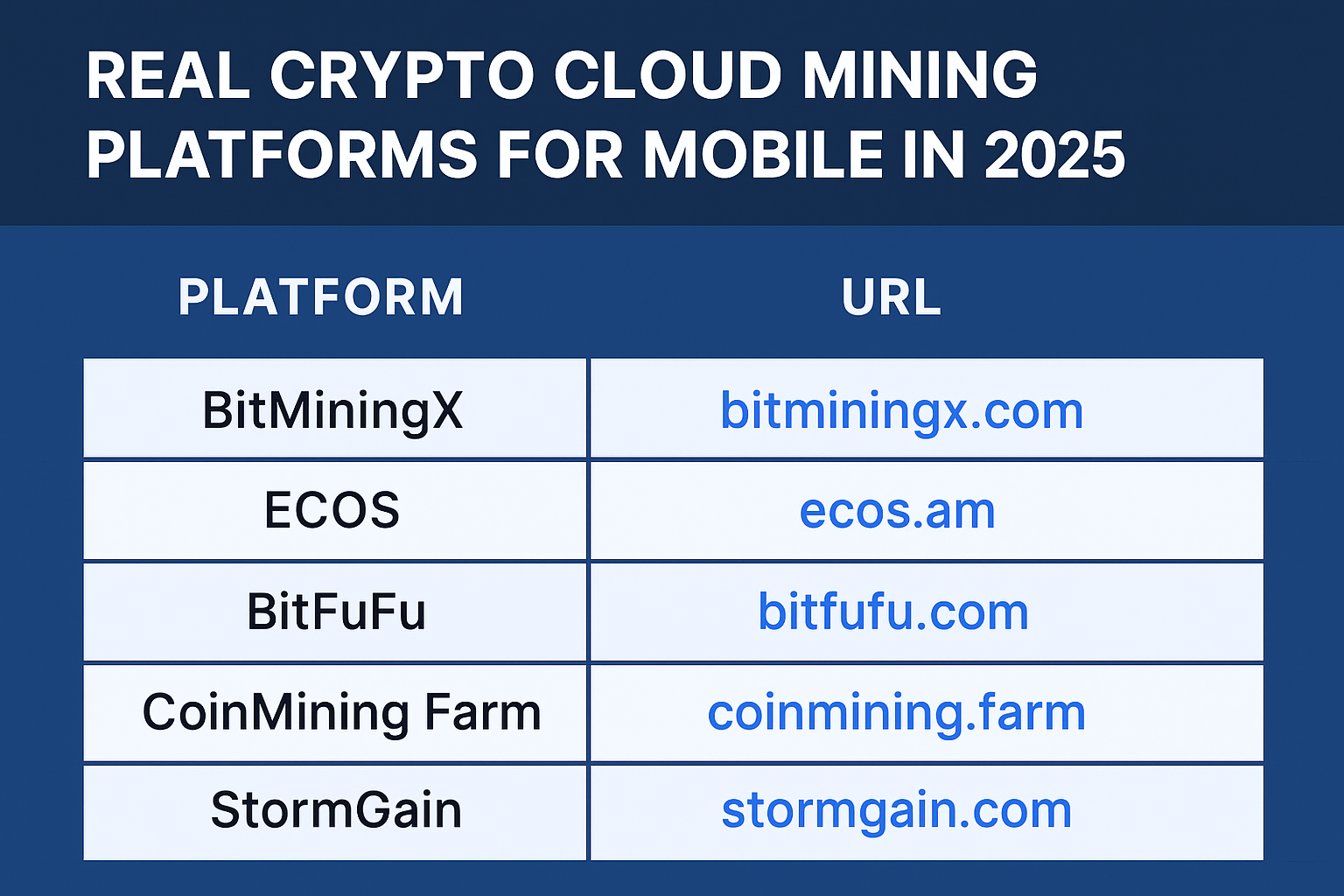Proven automated futures trading strategies focus on precision and efficiency. Popular approaches include trend following, which captures market momentum, and mean reversion, which capitalizes on price swings toward historical averages. Arbitrage techniques exploit pricing discrepancies across markets. Risk management is essential, employing position sizing and stop-loss orders to protect capital. Evaluating performance metrics, such as ROI and drawdown, enhances strategy effectiveness. The insights from these practices lead to improved trading outcomes, making further exploration worthwhile.
Key Takeaways
- Trend following strategies capitalize on market momentum and are simple to implement, providing consistent results across various market conditions.
- Mean reversion techniques identify overbought or oversold conditions, using statistical measures to trigger trades based on price deviations from historical averages.
- Arbitrage opportunities exploit price discrepancies across different markets, requiring precision and speed for consistent profit potential.
- Historical performance evaluation through backtesting is essential for optimizing strategies and identifying strengths and weaknesses.
- Effective risk management practices, including position sizing and stop-loss orders, are crucial for mitigating losses and ensuring trading longevity.
Understanding Automated Futures Trading
Automated futures trading represents a sophisticated approach to market engagement, leveraging algorithms and technology to execute trades without human intervention. This method utilizes complex mathematical models to analyze market data, identifying patterns and opportunities that may be imperceptible to human traders. By integrating real-time data feeds, automated futures trading strategies can respond to market fluctuations instantly, enhancing execution efficiency. Additionally, these strategies often incorporate risk management protocols, ensuring that trades align with pre-defined parameters to mitigate potential losses. The reliance on data-driven decision-making fosters a sense of community among traders who appreciate the precision and reliability that technology brings to their trading practices. Ultimately, understanding automated futures trading is essential for those seeking to navigate the complexities of modern markets effectively.
Key Benefits of Automated Futures Trading Strategies
While many traders seek to optimize their performance, the key benefits of automated futures trading strategies offer distinct advantages that can greatly enhance trading outcomes. Primarily, these strategies eliminate emotional biases, enabling traders to adhere strictly to their algorithms without succumbing to fear or greed. Additionally, automation allows for rapid execution of trades, capturing fleeting market opportunities that manual trading may miss. The consistency of these strategies fosters discipline, reducing the likelihood of impulsive decisions. Moreover, automated futures trading methods can analyze vast amounts of data in real-time, identifying patterns and trends that human traders might overlook. Ultimately, these advantages not only boost efficiency but also contribute to more informed and strategic trading decisions, fostering a sense of community among like-minded traders.
Popular Automated Futures Trading Strategies
In the domain of automated futures trading strategies, several approaches stand out for their effectiveness and popularity. Trend following strategies capitalize on market momentum, while mean reversion techniques exploit price fluctuations around an average. Additionally, arbitrage opportunities provide traders with the potential for risk-free profits by leveraging price discrepancies across different markets.
Trend Following Strategies
Trend following strategies represent a cornerstone of popular automated futures trading methods, as they capitalize on the persistence of market trends. These strategies employ systematic approaches to identify and exploit upward or downward price movements, enabling traders to ride the momentum. Key benefits include:
- Simplicity: Easy to understand and implement, appealing to both novice and experienced traders.
- Consistency: Proven track records in various market conditions enhance trader confidence.
- Automation: Reduces emotional decision-making by relying on algorithms to execute trades.
- Flexibility: Applicable across diverse markets, providing an inclusive trading environment.
Mean Reversion Techniques
Mean reversion techniques, widely recognized among automated futures trading strategies, operate on the principle that asset prices tend to revert to their historical averages over time. Traders employing these strategies identify overbought or oversold conditions, anticipating a price correction back to its mean. Statistical measures, such as standard deviation and moving averages, serve as critical tools in determining entry and exit points. For instance, when prices deviate considerably from their historical average, algorithms can trigger automatic trades to capitalize on expected reversions. Backtesting these strategies against historical data reveals their effectiveness in various market conditions, fostering a sense of community among traders who share insights and parameters. Consequently, mean reversion techniques contribute considerably to the landscape of automated futures trading methods.
Arbitrage Opportunities Explored
Arbitrage opportunities represent a crucial aspect of automated futures trading strategies, allowing traders to exploit price discrepancies across different markets or instruments. This strategy requires precision and speed, as the window for capitalizing on these discrepancies is often fleeting. Successful traders utilize advanced algorithms to guarantee timely execution. Key benefits of engaging in arbitrage include:
- Risk Mitigation: By balancing positions across markets, traders minimize potential losses.
- Profit Potential: Exploiting price differences can lead to consistent gains.
- Market Efficiency: Arbitrage contributes to price stabilization across markets.
- Data Utilization: Advanced analytics enhance decision-making processes.
As traders explore these opportunities, they create a sense of belonging within a community dedicated to mastering automated futures trading methods.
Factors to Consider When Choosing a Strategy
When selecting an automated futures trading strategy, several vital factors must be meticulously evaluated to guarantee peak performance. Traders should consider the historical performance of the strategy, examining backtesting results and drawdown periods to assess reliability. Additionally, the market conditions under which the strategy operates effectively play a key role; successful strategies may vary considerably across volatile or stable markets. The complexity of the strategy should also be analyzed; simpler strategies often yield more consistent results, while complex algorithms may require advanced technical knowledge. Finally, alignment with personal trading goals and risk tolerance is essential, ensuring that the chosen automated futures trading strategy resonates with the trader’s overall objectives and enhances their sense of community within the trading environment.
Risk Management in Automated Futures Trading
Effective risk management is essential for ensuring the longevity and success of automated futures trading strategies. Without a solid framework, traders expose themselves to significant financial losses. Key components of an effective risk management strategy include:
- Position Sizing: Determining the correct amount to invest in each trade minimizes the impact of losses.
- Stop-Loss Orders: Implementing stop-loss orders protects capital by automatically closing trades at predetermined loss levels.
- Diversification: Spreading investments across various markets reduces the risk associated with any single asset.
- Regular Performance Review: Analyzing trading performance helps identify weaknesses and areas for improvement.
Tools and Platforms for Automated Trading
The success of automated futures trading strategies relies not only on robust risk management but also on the tools and platforms that facilitate execution and analysis. Traders must carefully select software and broker platforms that offer advanced algorithm capabilities, real-time market data, and backtesting features. Popular platforms include MetaTrader, TradeStation, and NinjaTrader, each providing unique functionalities tailored for automated trading. Additionally, the integration of Application Programming Interfaces (APIs) allows for seamless communication between trading strategies and broker systems, enhancing efficiency. Performance metrics and analytics tools also play an essential role, enabling traders to refine their strategies based on historical data. Ultimately, the right combination of tools fosters a supportive environment for traders aiming to achieve success in automated futures trading strategies.
Evaluating the Performance of Your Trading Strategies
Although evaluating the performance of trading strategies can be complex, it is an essential aspect for traders seeking to optimize their automated futures trading strategies. A thorough evaluation can reveal critical insights that enhance decision-making and foster a sense of community among traders. Key factors to take into account include:
- Return on Investment (ROI) – Understanding profitability over time.
- Drawdown – Measuring risk and potential losses.
- Win Rate – Analyzing successful trades versus total trades.
- Sharpe Ratio – Evaluating risk-adjusted returns.
Frequently Asked Questions
How Do I Start With Automated Futures Trading?
To begin automated futures trading, one must research market trends, choose a reliable trading platform, develop or select a strategy, backtest it with historical data, and continuously monitor performance for adjustments and improvements.
Can I Customize Automated Futures Trading Strategies?
The ability to customize automated futures trading strategies varies based on the platform. Users can often adjust parameters, indicators, and risk levels, allowing for personalized approaches that align with individual trading goals and preferences.
What Markets Can I Trade Using Automated Strategies?
Automated strategies can be employed across various markets, including commodities, currencies, and indices. This versatility allows traders to optimize their approaches, leveraging data-driven insights to enhance decision-making and achieve desired outcomes in diverse trading environments.
Is Automated Futures Trading Suitable for Beginners?
Automated futures trading can be suitable for beginners, provided they receive adequate education and training. Understanding market dynamics and risk management is essential, enabling novices to leverage technology while minimizing emotional decision-making in trading.
How Do I Troubleshoot My Automated Trading System?
To troubleshoot an automated trading system, one must systematically analyze error logs, review strategy parameters, and guarantee ideal connectivity. Additionally, backtesting with historical data can identify issues, enhancing performance and reliability in trading decisions.
Conclusion
To summarize, automated futures trading strategies represent a pivotal advancement for traders looking to enhance their performance in complex financial markets. By leveraging algorithmic precision and data-driven insights, these strategies facilitate informed decision-making while mitigating emotional biases. However, traders must carefully evaluate their chosen strategies against market conditions, risk tolerance, and performance metrics to optimize outcomes. Ultimately, the successful implementation of these systems can greatly elevate a trader’s potential for sustained profitability in futures trading.




